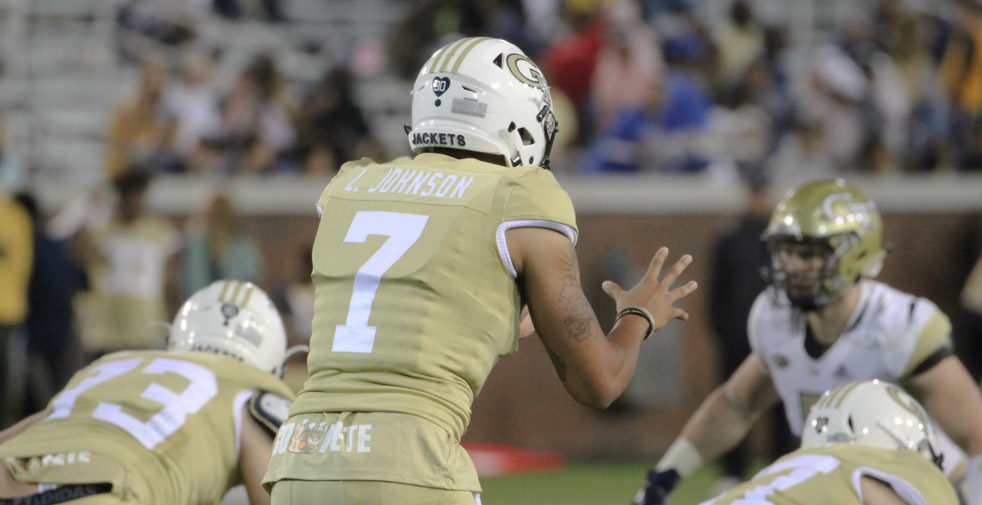After redshirt junior David Curry was granted a sixth year of eligibility under Coach Paul Johnson, redshirt sophomore Lucas Johnson was deemed eligible for a sixth year immediately prior to the beginning of the 2019 school year. Both players were gifted this opportunity after missing a season each due to injury following previous redshirt seasons with Tech. This waiver seems to be handed out more frequently these days as players find a way to squeeze in every last moment that they can take from college football — why, then, are other sports not seeing the same increase in athletes with six years of eligibility?
SBnation.com has a whole article on accessing upwards of seven years of eligibility and how it can be accomplished, exemplified by San Jose State running back Deontae Cooper, who was granted a full seven years by the NCAA back in 2016. It may be nice for a player to stay with his teammates for an extra few years, or get more playing time to prepare him for the NFL Draft that he will hypothetically be called up in, but at what cost? If a player has missed a season or more due to injury, that is a year sat out that his peers are progressing. Yes, a student-athlete has every right to his five years of eligibility that provide him an education and platform to build a more stable environment for himself. But what about incoming players that may be in need of that player’s scholarship spot?
When comparing football to other sports, the NCAA has a much more relaxed definition of competition as to determine if the player can take a redshirt season. As of 2018, Division I college football players can play in up to four games per season without using a season of eligibility. In other Division I sports, athletes lose a season as soon as they compete for one second. For example, if a baseball player appears in one inning of one game, he loses a season of eligibility unless he applies for a hardship waiver. A swimmer loses her eligibility the moment she dives off of the block at a meet, no matter how long the race is or how big the meet. Why does football get not just one, but four games excused?
Beyond the apparent skewness of the redshirt and eligibility rules created by the NCAA stands the thought of financial funding by each institution. One may assume that most players staying an extra one, two or three years are on partial or full scholarship. Theoretically, it is smart for the athletes to stretch out their scholarship-supported time at school for as long as possible, achieving as many degrees as they can fit in while competing. Yet most “regular” students can attest to the fact that the majority of student-athletes are too busy with their practices, games and recovery to fully reap the benefits of an education, especially at a highly regarded school such as Tech. At what point do these degrees become nothing more than a piece of paper with little knowledge to back up the supposed learning experience? Instead, these scholarships may be more productive when put towards an incoming undergraduate student-athlete with lesser knowledge and higher potential to learn.
It is doubtful that the NCAA will go back on their allowance of a sixth or even seventh year of eligibility for football, but it would be nice to see the committee expand this opportunity to other sports programs. Furthermore, the NCAA should make sure that the student-athletes who are granted this opportunity are taking full advantage from an academic standpoint and upholding a certain grade point average without taking shortcuts. The love of the game is a real thing, but all players must call it quits eventually. At the end of the day, the purpose of college is to get an education, especially with less than one percent of college football players progressing to the next level and even fewer in other sports.
